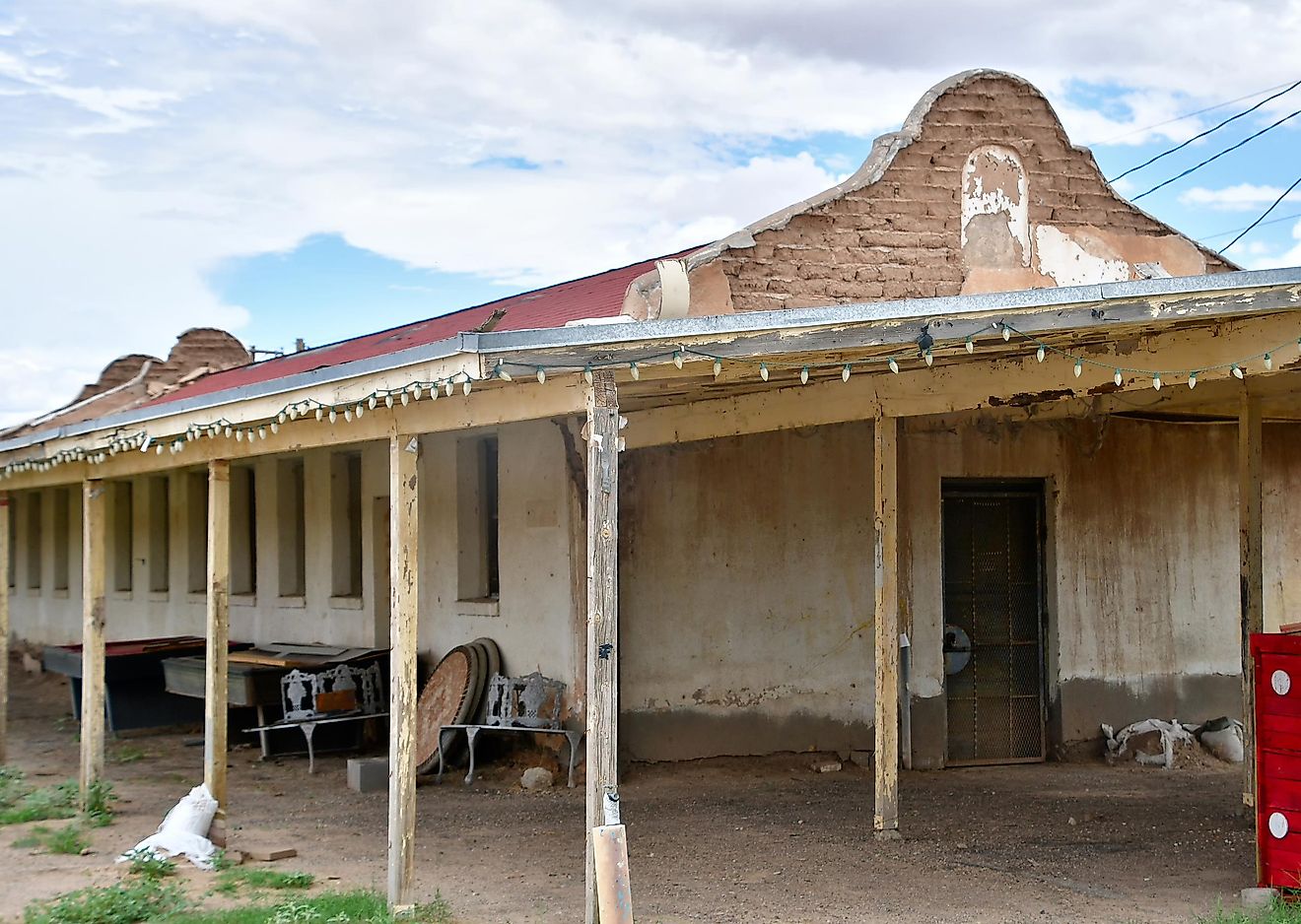What Was The Bracero Program?

Between 1942 and 1962, millions of Mexican contract workers crossed over into the US on short-term contract program known as the Bracero Program. Bracero is a Spanish term which translates to “manual labor.” The ongoing debate about Trump’s immigration policies, including discussions on the new guest workers program has made it necessary to understand the Bracero Program. While most Americans may not be aware of the program, it remains the country’s largest guest workers program. Although the Bracero Program was controversial in its time, it did not have a significant impact on the American labor market neither did it raise wages for American-born workers.
The Genesis of the Program
America always depended on Mexican labor even before the Bracero Program was initiated. However, towards the end of World War II, the US faced a serious shortage of workforce. This challenge forced the US to initiate a series of diplomatic agreements and laws with Mexico with the aim of recruiting Mexicans to work on US farms and railroads. In 1942, the US and Mexico approved Mexico’s Farm Labor Agreement, which, among other things guaranteed the Mexican workers decent living conditions as well as a minimum hourly pay of 30 cents. These agreements were known as the Bracero Program. Migrant Labor Agriculture was enacted in 1951 as part of the 1949 Agricultural Act to set the terms for the implementation of the Bracero Program.
Program Implementation
The Bracero Program was jointly implemented by the Immigration and Naturalization Services, Department of Labor, and the State Department. The program started in August 1942 in Stockton, California and spread throughout the US. Between 1942 and 1947, only a small number of Mexicans were admitted to the program, despite the country depending on the braceros. From 1942 to the end of the program in 1964, braceros signed up to 5 million contracts, with many braceros returning more than once on different contracts. An estimated 2.5 million braceros were hired in the US on a short term contract during the program period. Some braceros gave bribes to secure contracts. The short-term contract was the reason for the increase in the number of undocumented immigrants, some of who were hired outside of the program’s terms. In Texas, the program was stopped for several years on allegations of discrimination and mistreatment of Mexicans.
Renegotiation and Termination
American farmworkers were not comfortable with the Bracero Program as they feared that the braceros would compete with them for lower jobs. In 1948, a negotiation for a new program begun, with the Mexicans seeking to have the US impose sanctions on employers who hired undocumented workers. On the other hand, the US government wanted to be the guarantor of the contract and not the employers. In 1951, Congress formalized the Bracero Program with Public Law 78. Effectively, the braceros were not permitted to replace US workers, participate in strikes, or negotiate their wages. The US government also was to decide how the workers got into the country to control illegal immigration. In 1963, the program was extended for one more year which came to an end in 1964.











